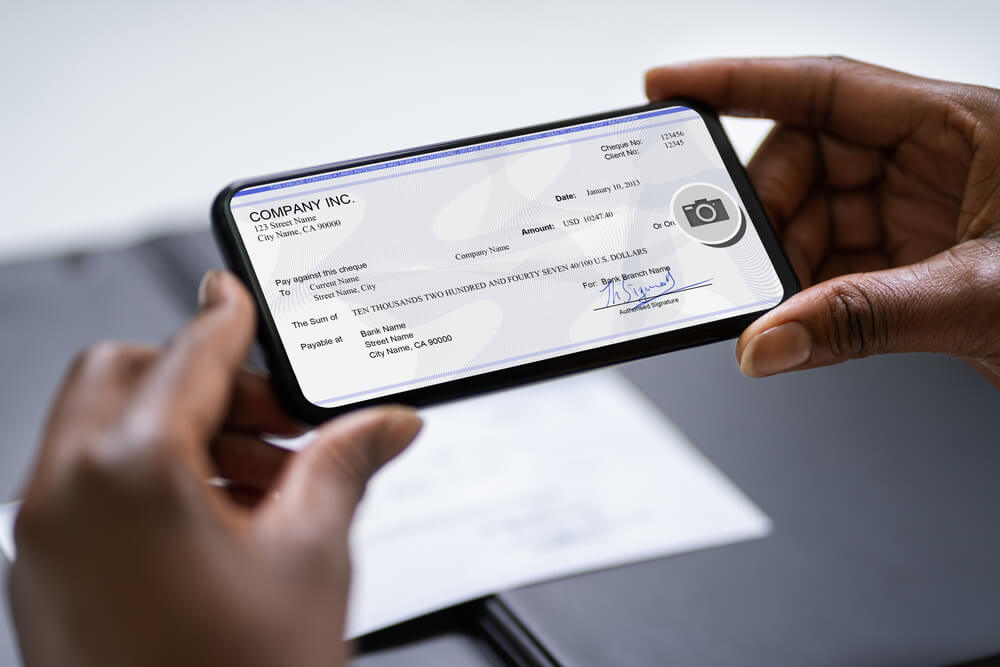Topic HR Strategy,
How to Handle Payroll Taxes for Remote Employees

April 7, 2023 | By Questco Companies

While complex for in-office workers, employment taxes for remote employees are even more intricate. The approach to these calculations depends on many factors, including the employee's state of residence, your company's state of registration, and the tax relationship between the states.
Regardless of the difficulties, an employer is responsible for filing taxes and paying them accurately and on time. For companies that rely on remote workers, payroll tax calculation and payment may be time-consuming.
Let's take a closer look at handling payroll taxes for your remote workforce and the challenges that come with it.
Before You Submit Payroll Taxes
If you have out-of-state employees, you need to take additional action before submitting payroll taxes.
Determine Employee Work Locations
Your approach to tax deduction depends on the state the employee works in. That's why it's important to make a list of employees and their states of employment.
After that, you need to research tax and labor laws for all relevant states and localities. Keep in mind that if you have two remote workers from the same state but from different cities or counties, different tax reporting rules may apply.
Pay special attention to employees who work in one state but live in another. You may need to withhold taxes from these workers differently.
Register with Appropriate Agencies
When you hire out-of-state employees, you need to register with appropriate agencies, including:
- Secretary of State
- Department of Revenue
- Employment Security Department
- U.S. Department of Homeland Security
- U.S. Department of Health and Human Services
In most cases, you would need to register to do business in the states your employees work in. For that, you would have to obtain an employer identification number (EIN). This is done through the Secretary of State.
Sometimes, you would also need to provide a Certificate of Good Standing (a document that shows your good standing in your home registration state).

Understand Tax Withholding Requirements
Next, you need to research the tax withholding requirements for each state that your employees work in.
Generally, you need to withhold income tax in the state or states where employees perform their duties. So, if you hire an employee from New York, but your company is registered in Rhode Island, you need to withhold New York taxes. Here are several nuances you need to know:
- Some states (mostly neighboring states) have reciprocal agreements with each other. This agreement means that you need to withhold income tax for the state your employee lives in (not works in!).
- Some states impose tax liability on the employee both in the state they work in and the state of the company's registration.
- Some states don't withhold any income tax.
- If your employee works in New York, Rhode Island, New Jersey, Hawaii, or California, you need to withhold state disability insurance from their paycheck.
For employees who work and live in different states, you may need to withdraw income tax for an employee's state of residence even if they don't work there.
Withhold Federal Income and State Income Taxes
Considering all of the above, you would need to pay:
- State unemployment tax
- Social security tax
- Medicare taxes
- Local taxes
Each type of tax requires a different approach since each state has a different unemployment tax program (e.g. State Unemployment Tax Act. State Unemployment Insurance, reemployment tax). Rates and requirements for these programs also differ from state to state.
Collect Employee Tax Forms
For correct and compliant tax withholding, you would need to collect employee tax forms, including:
- Federal W-4 forms
- State W-4 forms for all states except Alaska, Florida, Nevada, New Hampshire, South Dakota, Tennessee, Texas, Washington, and Wyoming.
- Other state-specific tax forms
If you have independent or self-employed contractors, you don't need to withhold payroll taxes. Instead, you need to send them Form W-9 at the beginning of their contract and file a Form 1099 with the IRS by January 31 each year.

When You Submit Payroll Taxes
To prevent penalties for late or incorrect filing when submitting payroll taxes for remote workers, you need to:
- Check with the IRS to determine the frequency of employment tax deposits.
- Review each state's laws so you don't miss payments or skip over tax liability.
- Find out if you qualify for tax credits, tax incentives, or exemptions.
- Keep records of all payroll taxes paid and all forms filed.
In addition, review these state-specific payroll considerations:
- Tax nexus – when you hire employees out of state, you usually become subject to the state's tax laws.
- Non-resident withholding – some states have special non-resident withholding policies to prevent the employee from paying taxes in both state of work and state of residency.
- Tax treaty – an agreement between two countries to prevent double taxation for employees who are residents of foreign countries.
- Income sourcing rules – rules determining whether the income comes from the United States or a foreign country. It helps you understand whether income is taxable in the United States.
- Convenience-of-the-employer rules – under this rule, employees may have to pay taxes in the state they live in and in the state of the employer's registration. Estimated tax payments depend on each employer's requirements.
Depending on your company's size, the number of remote employees, and your requirements for out-of-state work, some or all of the above rules may apply.
Payroll Software Isn't Enough
Navigating the complex area of remote employee taxes requires is much more complicated than running data through payroll software. Even if your payroll tool has the option of determining remote employee taxes, there is still a risk of encountering errors.
If you don't do the appropriate research and check all the necessary requirements, you could miss filing deadlines or withdraw the wrong amount from an employee. Such mistakes can lead to significant fines or even lawsuits.
To avoid errors, you may want to outsource multi-state payroll processing and employment tax filing to an HR service provider. Besides ensuring compliance and accuracy, you can save your HR team a significant amount of time.




